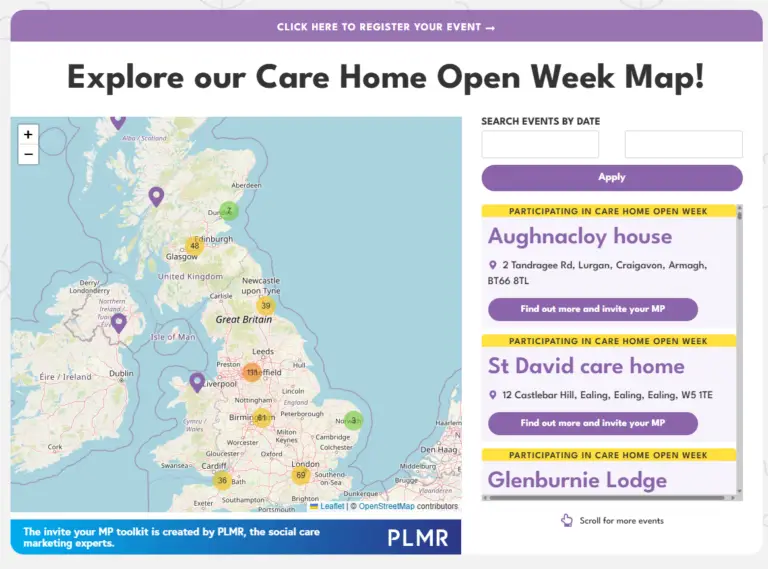As the digital landscape shifts and platforms like X (formerly Twitter) continue to divide public opinion, LinkedIn has held up as a stable and professional platform for business. It is also emerging as the preferred platform for public affairs, gradually supplanting X as the go-to space for strategic engagement.
While 60% of U.S. Twitter users reported taking a break from the platform in the past year and 25% unsure if they’ll return – LinkedIn continues to grow, with over 990 million global users and 42.9 million in the UK alone.
The platform attracts a mature, professional audience, with over 70% of users aged 25–54, including policymakers, civil servants, and business leaders. Its trusted environment and stable algorithms make it a credible forum for thoughtful discourse.
What is causing this shift?
Beyond the bubble of Musk and X, platforms predominantly used by and for business leaders are better aligned to the current Labour leadership’s ambitions. Labour built its 2024 election campaign around being the party of business, and LinkedIn has therefore become a natural ally to Labour politicians (particularly the new cohort) who are keen to establish their relationships with leaders in relevant sectors and policy areas.
Over 50% of the MPs elected in 2024 were new to Parliament. Many have had previous careers in the business world and are already familiar with LinkedIn as a platform, having established their own ‘voice’ and network.
Demographics are also changing – albeit only slightly. After the 2024 election, the average age of MPs fell from 50 years old to 48 years old, with the youngest MP, Sam Carling, elected at just 22-years-old.
The combined impact of these changes means that more MPs than ever before are familiar with social media and know how to use it effectively. They are therefore more likely to feel comfortable in managing their accounts directly, which is leading to the rise of LinkedIn as a platform for political engagement.
How to succeed
The personal is political. When influencing over LinkedIn, engagement should be taken forward intentionally, and content should be relevant, targeted, and personal to your stakeholder’s areas of interest. The visibility, content and profile of your spokesperson can also impact how well your message is received. Those that share considered and well-crafted content to the expertise areas will have more success on the platform than others who fail to establish their own voice and speak to too many topics at once.
From a digital perspective, LinkedIn’s format gives public affairs content a unique advantage. Unlike the noise and volatility of platforms like X, LinkedIn’s algorithm prioritises relevance and professional engagement over virality meaning well-targeted content is more likely to land with the right audiences.
Longer dwell times, fewer distractions, and a culture of thoughtful engagement make it ideal for thought leadership, narrative testing, and stakeholder feedback. Posts don’t disappear in minutes – they build momentum, visibility, and comment-driven conversation over several days.
For campaigns, this allows for sharper content, tailored messaging, and genuine connection with policymakers, business leaders, and influencers alike – without the reputational risk of more consumer-facing platforms.
The bottom line?
Public affairs professionals must consider how best to utilise all social media platforms where barriers to entry are low and the potential rewards significant. LinkedIn has firmly established itself as a key feature within the toolbelt of any public affairs professional.






